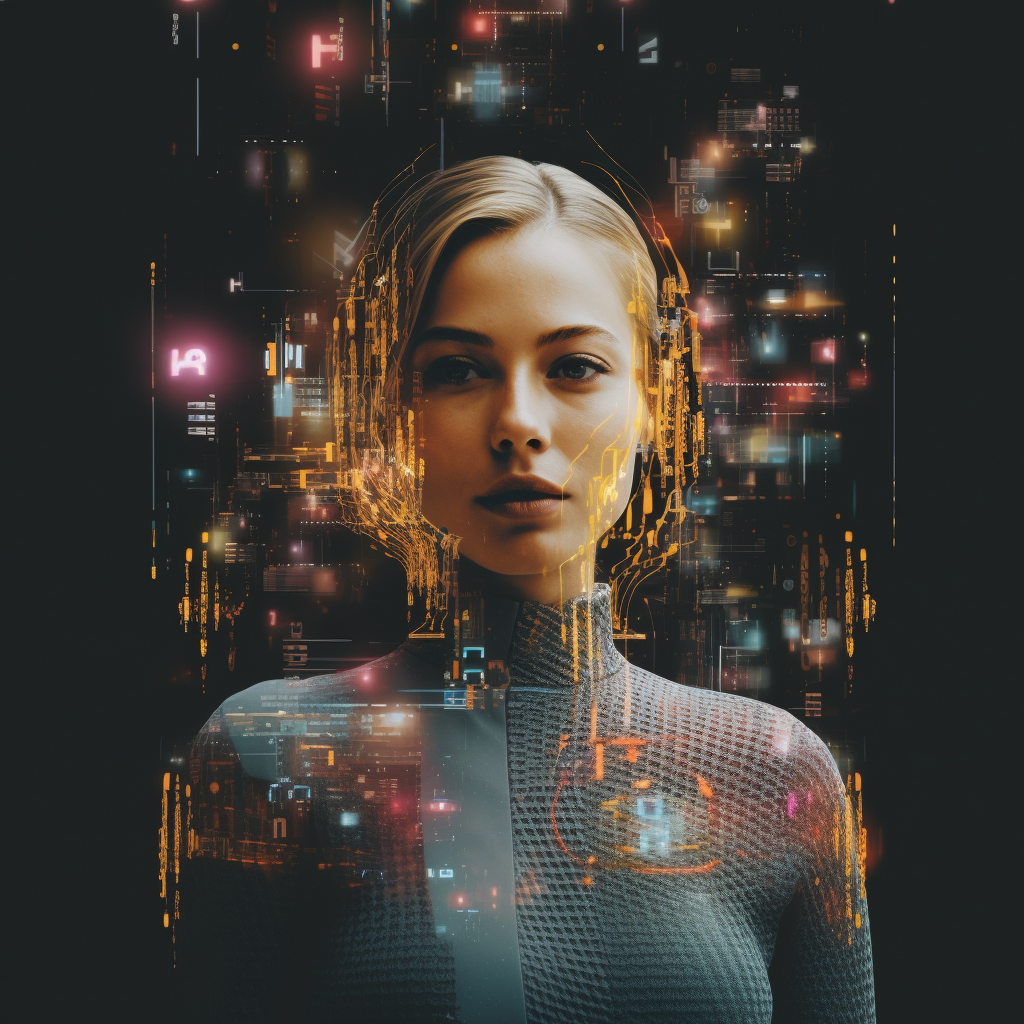“The Power of Neurocomputing: Developments and Applications in Clinical, Emotional and Industrial Fields”.
Neurocomputing is technology that connects the human brain and the machine.
Neurocomputing is technology that connects the human brain and the machine by mimicking or modulating the functioning of the nervous system. This connection can have many benefits: it can improve people’s health and well-being, and optimise industrial and production processes.
At a conference held in Madrid called “Neurocomputing: The Power of Brain-Machine Connection", organised by the Neurocomputing Group of the Artificial Intelligence and Big Data Commission of AMETIC (Association of the Digital Industry in Spain), the latest advances and applications in various fields such as clinical, emotional and industrial were presented.
Applications of neurocomputing
TECNALIA’s Ana Moya presented the applications of neurocomputing in practical contexts, in industrial environments. She talked about the European research project HR-Recycler, in which TECNALIA has developed an advanced classification system (AI) of confidence in collaborative work environments where the robot collaborates with the human. Through human psychophysiological signals, indicators of the worker’s level of confidence are identified. Based on this information, the robot dynamically adjusts its behaviour to adapt to the worker’s level of confidence, which may include changes to the work pace or method of interaction.
This system ensures safe and efficient collaboration between humans and robots, increasing productivity and worker satisfaction in the process. Furthermore, this system is aligned with Industry 4.0 and the focus on a human-centric production process.
The project is an example of how neurocomputing is all about people, their physical and emotional state, and how systems adapt and interact. From the point of view of human factors (physical, psychological and social characteristics that affect human interaction with equipment, systems, processes and other people), the aim is to improve human-machine interaction systems, enhancing operator adaptability and efficiency in the use of new technologies and intelligent algorithms (AI). Using advanced tools such as acquisition, synchronisation and real-time analysis of psychophysiological signals, and video and image analysis, we can obtain accurate and valuable information about people’s emotional and cognitive state.
The devices used for signal acquisition are: EEG headband to measure brain activity; ring to measure heart rate and galvanic skin response; biosensors to measure breathing; eye-tracking glasses; cameras for facial recognition etc.
Essential neural interfaces in neurocomputing
TECNALIA’s Ander Ramos explained how neural interfaces are one of the parts of neurocomputing and are essential both for bioinspiring algorithms and for understanding and modulating the nervous system.
Ander talked about the clinical applications of neurocomputing in stroke and sleep, and showed TECNALIA’s capabilities for producing basic science, applying it and transferring it to the market. In order to use neurocomputing to interact with the nervous system, you need to understand it and know what you are doing, to avoid false expectations and ensure effective and efficient interaction.
The panel discussion “Discovering Neurocomputing: the Potential of Neurocomputing" was moderated by Joseba Laka, Director of the Digital Unit at TECNALIA and Vice-Chair of AMETIC’s AI and Big Data Commission.

